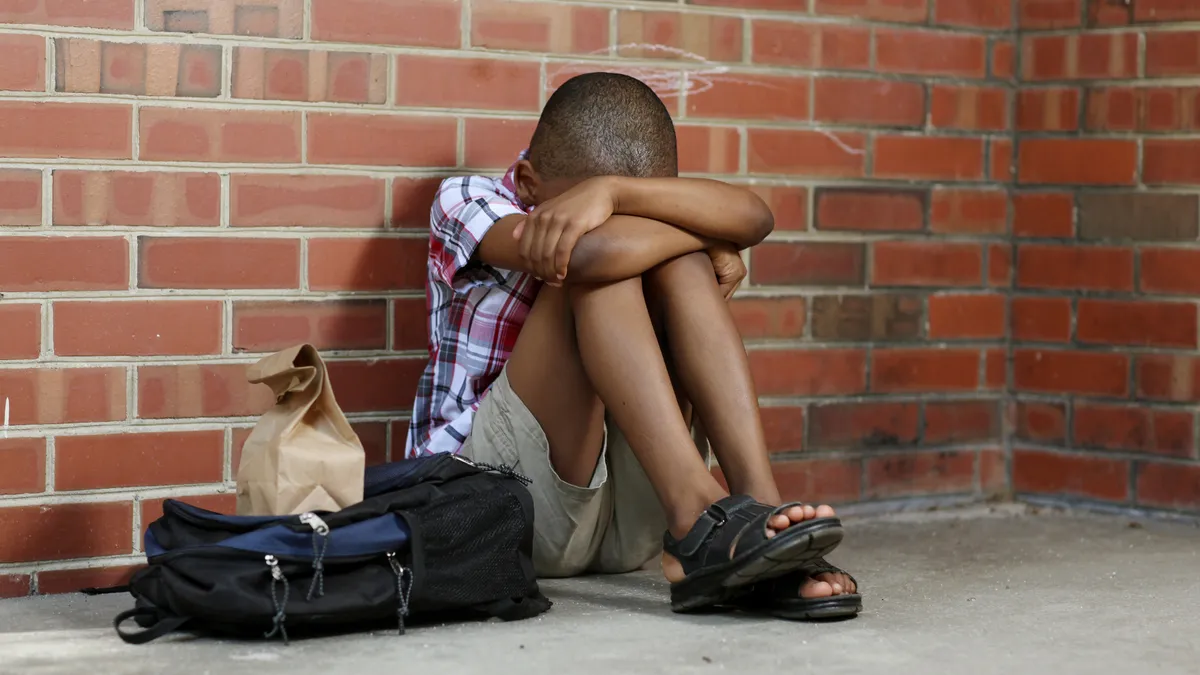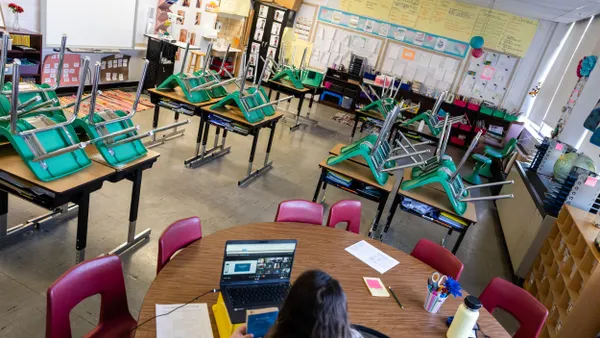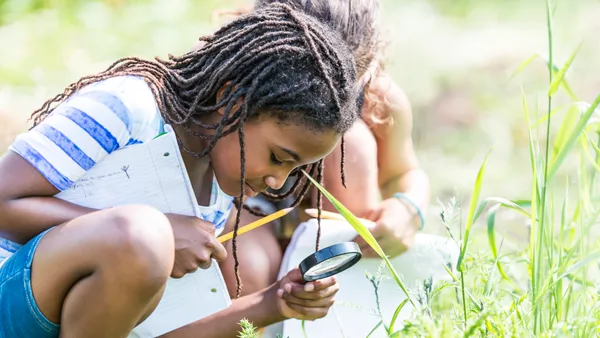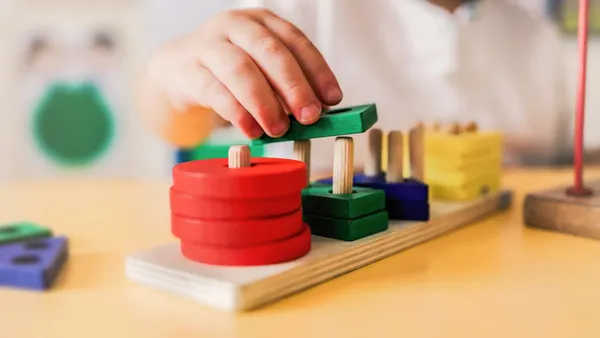Dive Brief:
- Most U.S. students in grades 3-12 do not feel like they belong at school — even as belonging is the strongest deterrent to bullying, according to YouthTruth, a national nonprofit for students.
- Most elementary students report being bullied as a result of their appearance, learning style and identity expression, while middle and high school students cite appearance, race, and gender expression as factors. Bullied high schoolers were twice as likely to say they have seriously considered dropping out than those who are not bullied.
- Bullying rates drop when high school students see adults at school treating students from all different backgrounds with respect, YouthTruth said. However, Asian American and White students are significantly more likely to say they witness respect compared to their American Indian, Alaska Native or Indigenous, African American and Middle Eastern peers.
Dive Insight:
Bullying rates declined during the pandemic's remote learning period, with reports of incidents increasing as schools reopened. Bullying is also linked to school violence and shootings.
Although most states require districts to regularly review their bullying policies, only a handful mandate comprehensive anti-bullying plans, according to the YouthTruth report. The report surveyed more than 62,000 elementary, 56,000 middle, and 92,000 high school students during the 2024-25 school year.
YouthTruth also found that long-term solutions to bullying depend on building positive school cultures.
"Deterrance and punishment alone are not enough to create inclusive and safe schools; lasting change will hinge on building school cultures where safety and belonging are non-negotiable, guided by the insights of those who know schools best: students," the report said.
Some suggestions for school leaders — based on surveys of students at over 700 schools and interviews with principals at schools with low bullying rates — include:
- For elementary students: Teaching positive behavior through shared expectations, structuring school days to build trust for strong relationships, repairing and reconnecting to restore relationships when things go wrong.
- For middle school students: Identify which students seem off-track and connect with them consistently and make it safe to stand out so "kids are not afraid to be weird."
- For high school students: Begin every day with relationship-building initiatives such as greeting students by the door — helping you to notice patterns over time. Create a positive culture by encouraging meaningful project-based learning and mixed-grade activities to connect students across grade levels. Use restorative practices to address conflict and repair relationships and respect, rather than default to punishment.
Correction: A previous version of this story misstated the YouthTruth report's data sample. We have updated our story.












